Compass Travel Vietnam
Visit the relic of Son La prison – where France used to hold many patriotic prisoners
Son La prison relic is a destination to visit, learn and research famous history, marking the heinous crimes of the French colonialists against our nation.
Where is Son La Prison?
Son La Prison Relic is probably a destination not many tourists know about. Because when traveling to this locality, most people will be interested in beautiful waterfalls such as Dai Yem waterfall, Nang Tien waterfall or tea hills. However, historical sites like this prison are also places that you should stop by once.
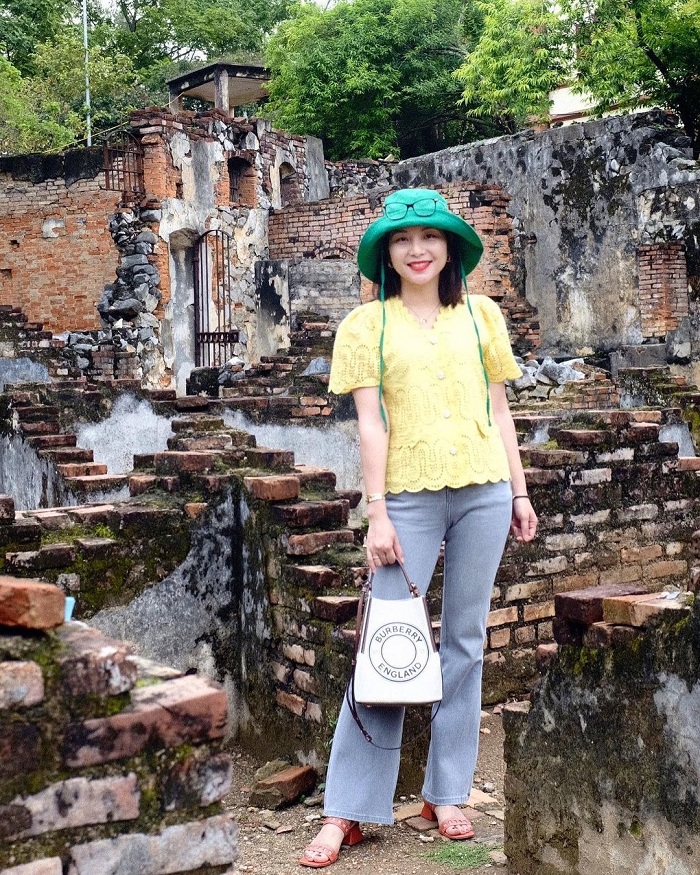 Son La Prison Relic is a historical destination in Son La city. Photo: @huyendoan_76
Son La Prison Relic is a historical destination in Son La city. Photo: @huyendoan_76
Son La Prison is located on Khau Ca hill, group 9, To Hieu ward, Son La city. This place is not too difficult to find, especially for tourists staying in the city center. Just spend a session here, and you will understand more about a small part of the nation’s fighting history.
 This work has been recognized as a special national monument. Photo: @nhatn_am
This work has been recognized as a special national monument. Photo: @nhatn_am
Today, the prison has deteriorated much under the influence of time, but the crimes of foreign invaders still exist. Visiting this monument, you will see a French architecture but not a cultural destination but a prison for prisoners.
Son La Prison Relic – where patriotic prisoners are kept
Son La prison relic was built in 1908. At first, the French colonialists only built the prison with an area of about 500 m2, then gradually expanded to 1,217 m². 1930 – 1940, this place continued to expand 2 more times, owning an area of 2,184 m2.
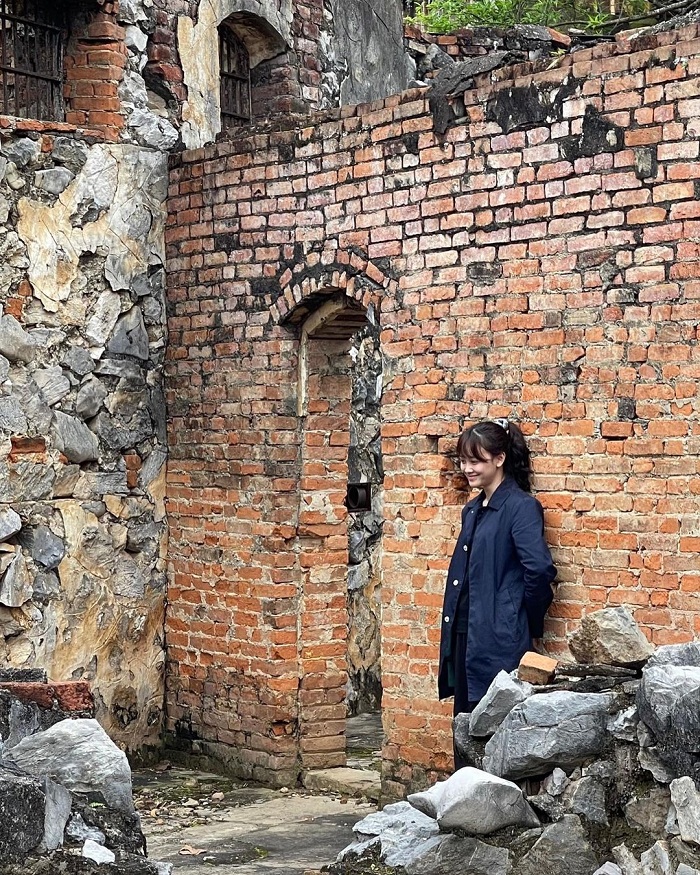 This work was built by France in 1908. Photo: @mee_meestar
This work was built by France in 1908. Photo: @mee_meestar
The prison is divided into three major categories: Son La Prison, Son La Prison Martyrs Cemetery and Ban Heo Banyan Tree. In particular, the prison area is where the French colonialists imprisoned and exiled Vietnamese communist soldiers. The period 1930 – 1945, this prison held up to 14 groups of political prisoners with 1013 prisoners.
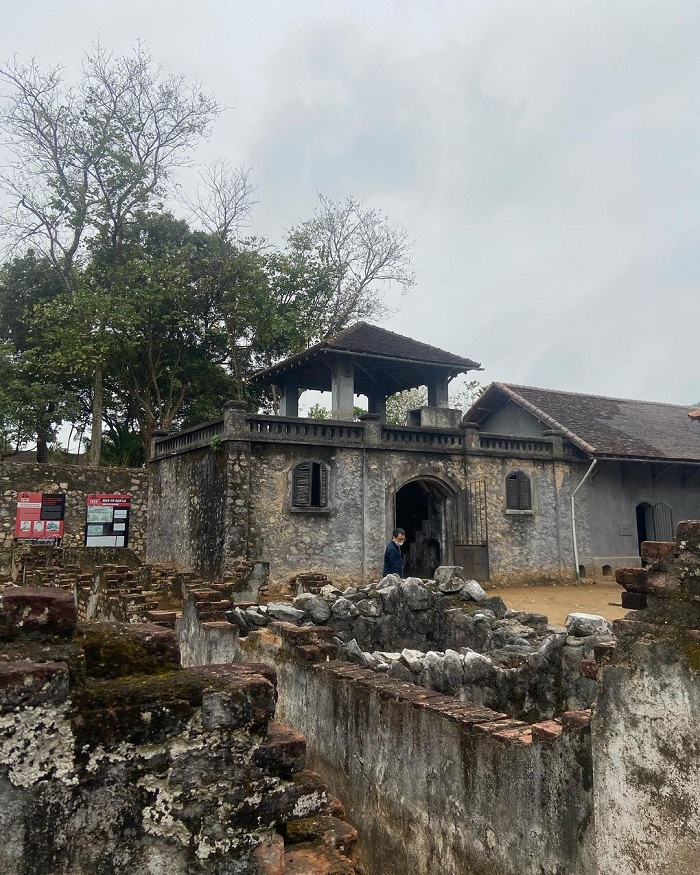 The prison area is more than 2000 m2. Photo: @mee_meestar
The prison area is more than 2000 m2. Photo: @mee_meestar
To suppress the fighting will of the Vietnamese communists, the colonial government applied many forms such as handcuffs, iron chains, sharp clamps, etc. The architecture of Son La prison was built solidly. The wall is built of brick and stone 40-60 cm thick, scorching hot in summer and freezing cold in winter.
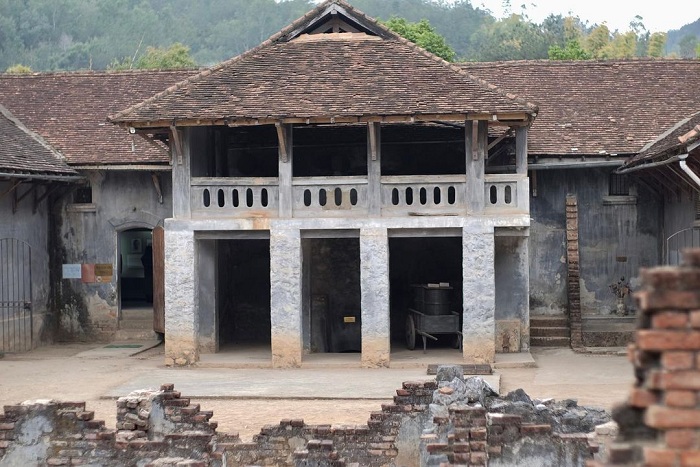 The building is built of bricks and has a tiled roof. Photo: @nhatn_am
The building is built of bricks and has a tiled roof. Photo: @nhatn_am
Today, when tourists travel to Son La and visit this prison, they will witness many artifacts that are tools of torture that the French colonialists used. Thereby understanding more about the crimes of foreign invaders, about the will to fight as well as the patriotic revolutionary soldiers, determined not to submit to the enemy.
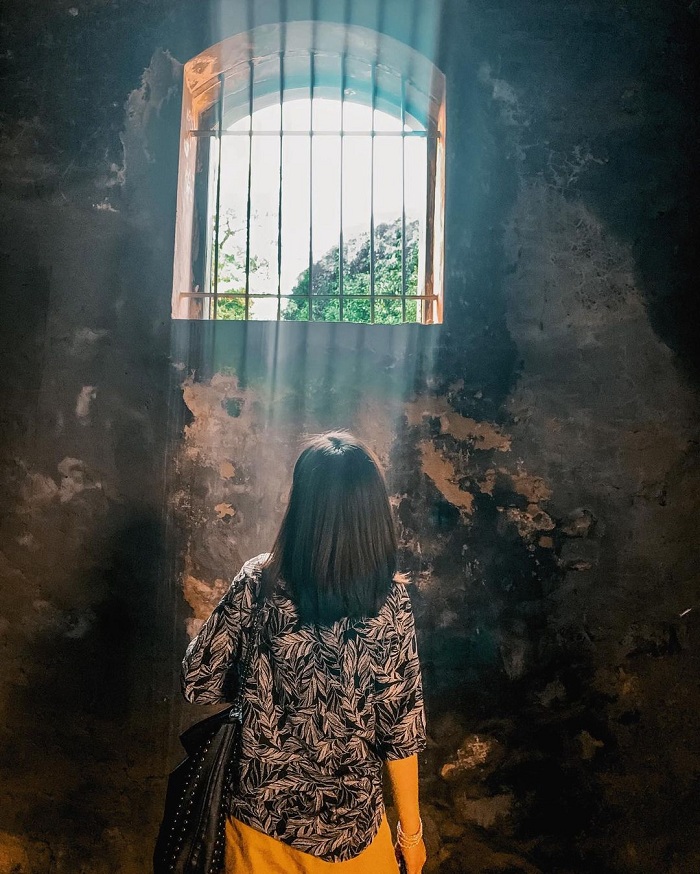 Dark space inside the prison. Photo: @na.zji_
Dark space inside the prison. Photo: @na.zji_
In the midst of prison and torture, Vietnamese communists still did not give up their will and belief in the victory of the national revolution. The prison has become a place to train and foster soldiers who made many contributions to the victory of the August Revolution such as: To Hieu, Le Duan, Truong Chinh, Le Duc Tho, etc.
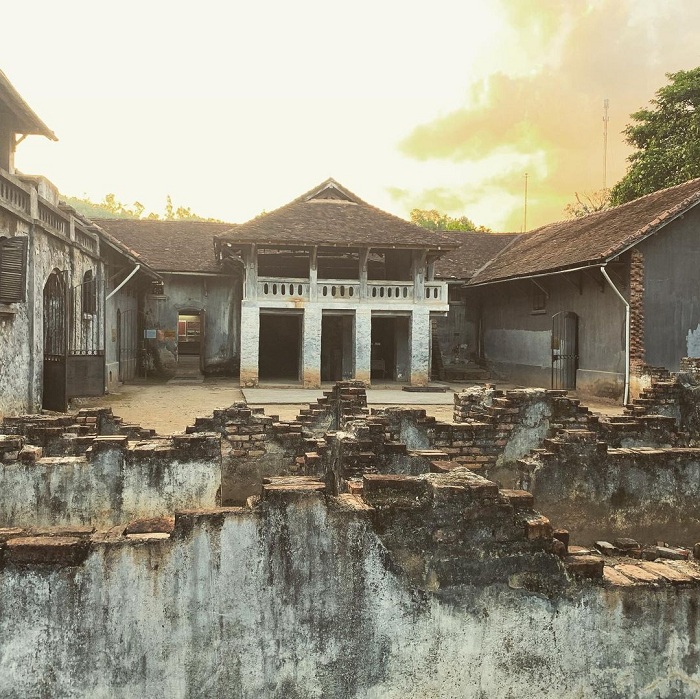 This place used to hold many patriotic revolutionary soldiers. Photo: @hoa.iam
This place used to hold many patriotic revolutionary soldiers. Photo: @hoa.iam
In 1962, this prison relic was classified as a National Monument, becoming a place to propagate and educate about the revolutionary tradition of the younger generation. In 2014, Son La Prison was classified as a special National Monument. On average, each year, this place welcomes nearly 300,000 visitors to visit, study and learn about history.
Note when coming to Son La prison relic
This prison is a destination in Son La with historical significance, marking a heroic passage of the nation, where the criminals of the invaders are kept. So if you have the opportunity, come here once to understand more about the fighting history of the previous generation.
 The area displays artifacts and images of Son La prison. Photo: @_t.nhunn_
The area displays artifacts and images of Son La prison. Photo: @_t.nhunn_
As a traumatic historical work, when exploring the prison, visitors should dress politely, walk lightly, speak quietly, and not arbitrarily touch the artifacts. When taking photos, you should not pose too much, but mainly keep a few commemorative photos.
 Currently, the prison has collapsed and has undergone several renovations. Photo: @bbeo0o
Currently, the prison has collapsed and has undergone several renovations. Photo: @bbeo0o
The current building has been damaged a lot by time and has undergone restoration but still has French architecture. So if you don’t have a need to take pictures, you can also visit and admire the special architectural imprint of the prison.
 Come here, visitors remember to visit To Hieu peach tree. Photo: @phuonganh_29397
Come here, visitors remember to visit To Hieu peach tree. Photo: @phuonganh_29397
In particular, when stopping at this work, do not forget to visit the peach tree named after revolutionary soldier To Hieu. This is a huge peach tree remembering the gratitude of the great soldier who heroically sacrificed himself in the resistance war against the colonial invasion.
 A destination steeped in history in Son La. Photo: @min.ma97
A destination steeped in history in Son La. Photo: @min.ma97
Son La prison ruins may not be a famous destination in the province, but this is a place that those who want to learn about the history and revolutionary traditions of the country should visit once. Therefore, if you have the opportunity to come to Son La, remember to spend a little time here to visit and understand more about the fight of our army and people in the resistance war of the last century.
Photo: Instagram
Visit the relic of Son La prison – where France used to hold many patriotic prisoners
vinlove.
Source: vinlove









